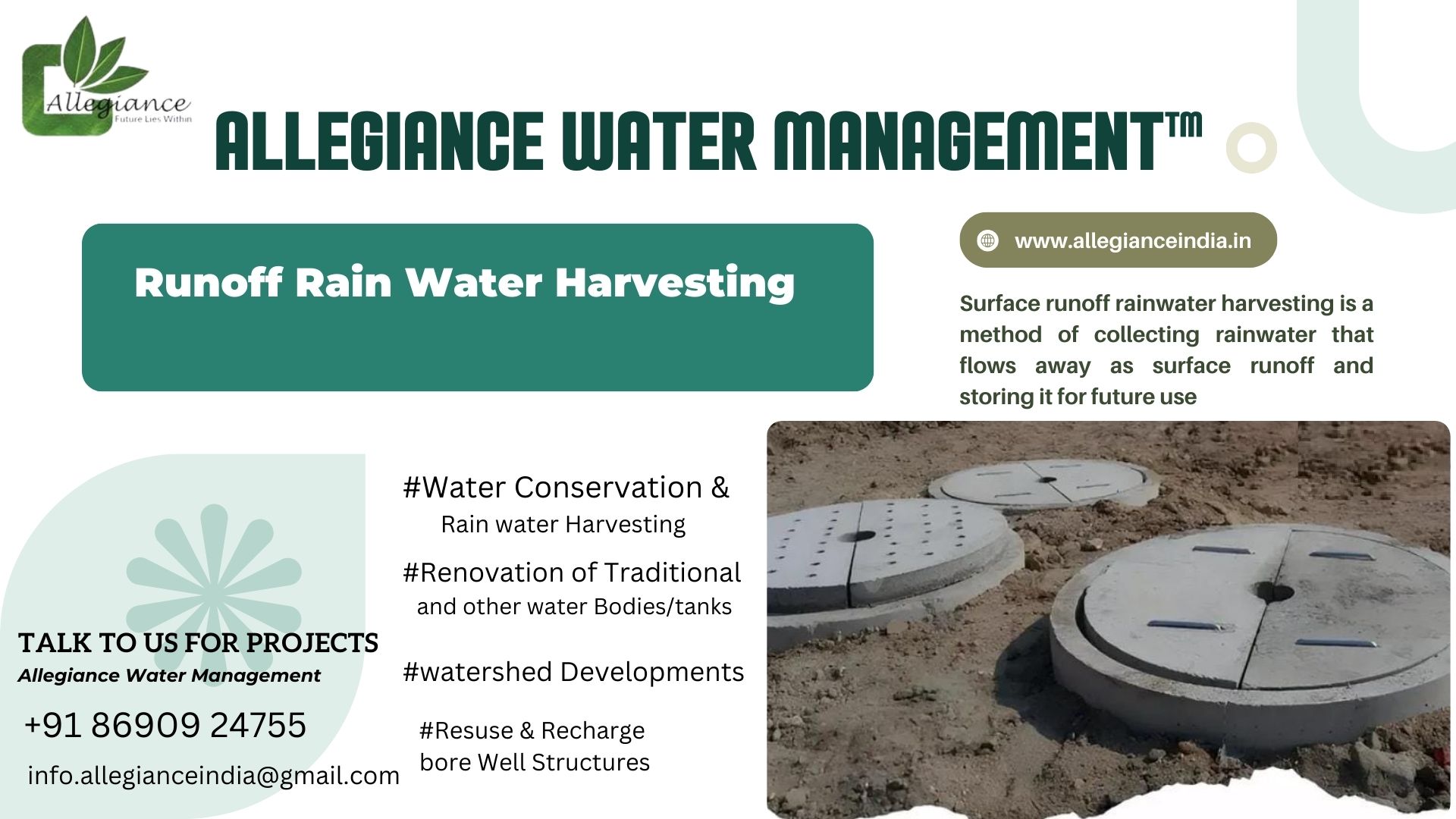Earthen Pond An earthen pond is an artificial lake or pond created by shaping and building an earthen or dirt embankment around a depression or low-lying area. These ponds are commonly used for recreational or ornamental purposes and can also serve as water sources for livestock or irrigation. Regular Monitoring: Keep an eye on water levels. Debris Removal: Clean out leaves, branches, and other debris. Aquatic Vegetation Control: Manage plant growth. Long-Term Sustainability: With care, earthen ponds can thrive as safe habitats for both wildlife and humans
Send Message



